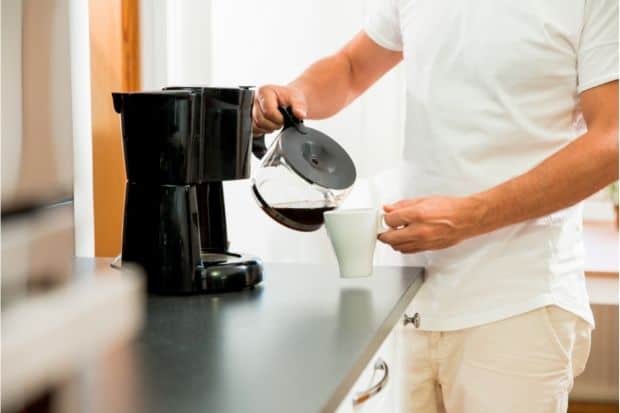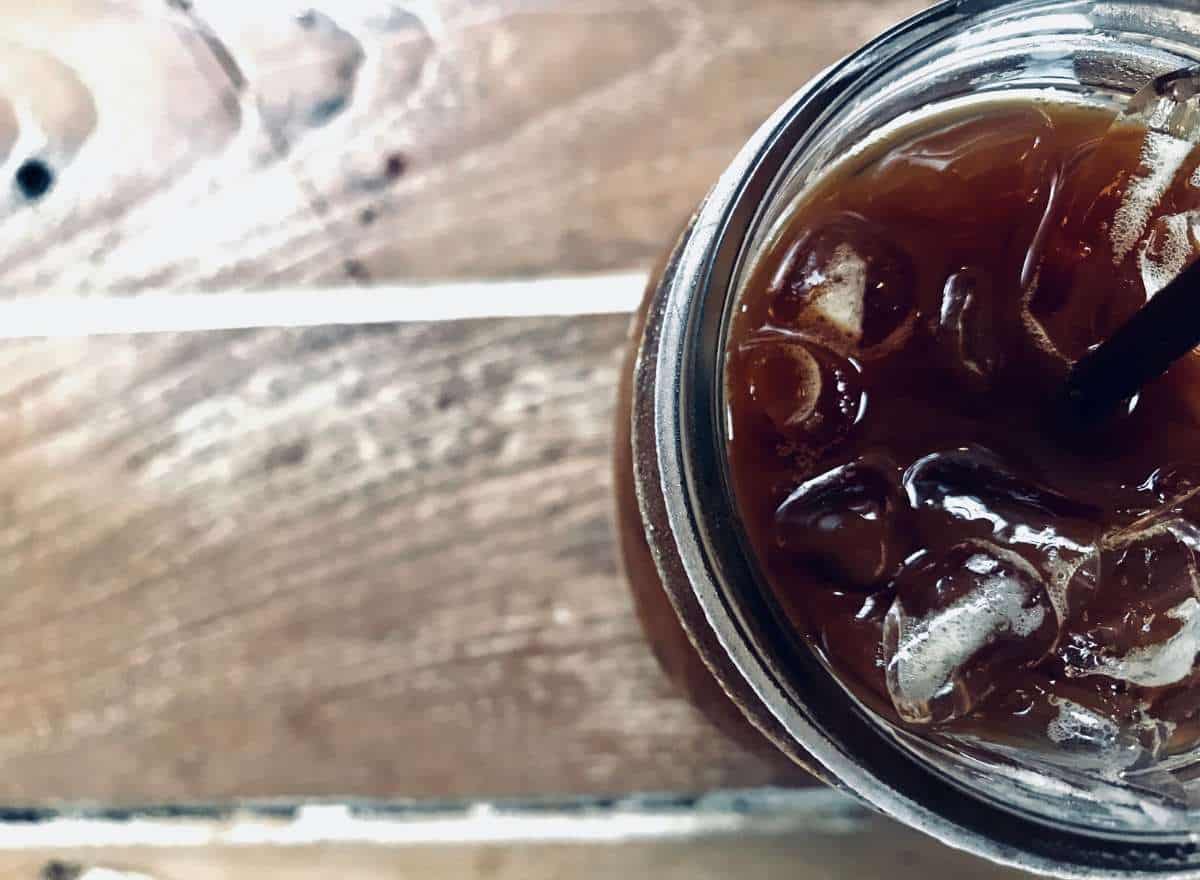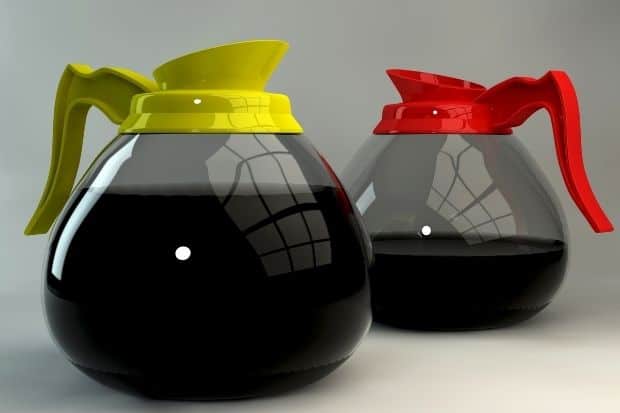Just so you know, as an Amazon Associate we earn from qualifying purchases made via bold red links, buttons or images.
Last Updated on December 3, 2023
How long your coffee can sit out depends on how you make it.
- Coffee is at its best within the first 30 minutes.
- Black coffee stays reasonably fresh for about four hours after brewing, but it’s still safe to drink for 24 hours and can be kept in an airtight container in the fridge for up to a week.
- Coffee with dairy should be tossed after two hours at room temperature.
- Cold brew is a great, safe way to enjoy fresh coffee with virtually no waste.
Let’s break down the specifics of coffee freshness and safety, so you can get the best out of every cup and ensure you’re not sipping on a food safety hazard.
Black Coffee
You can leave black coffee out for days before it will become unsafe to drink. It won’t taste very good, but it won’t be harmful.

Coffee lacks proteins and carbohydrates for microorganisms to feed on, so plain black coffee isn’t much of a breeding ground for bacteria. Mold will eventually appear eventually, but that usually takes 4-7 days, if not longer.
To be on the safe side, try not to leave black coffee at room temperature for more than 24 hours.
You can store leftover coffee in an airtight container in the fridge.
Coffee with Milk or Dairy
If you add dairy to your coffee, or drink lattes and cappuccinos, it will go bad much more quickly. You should consume coffee with dairy (or a dairy alternative) within one or two hours of preparation. After that, toss it.
When milk and other perishables sit within a temperature range of 40-140 F (4.4-60 C), bacteria grow quickly, making the coffee unsafe to consume.
As with black coffee, the coffee flavor and aromas will deteriorate within the first 30 minutes.
If you typically consume milk-based coffee beverages, particularly with sweetener, you might not notice the degradation of flavor quite as much, but we all know a lukewarm latte is not that enjoyable. If you notice a sour coffee taste, it’s definitely time to toss your beverage.
If you drink slowly, try an insulated thermos or tumbler to keep your drink at a safe temperature.
Never put leftover coffee with dairy into the fridge if it’s been sitting out more than an hour. Also avoid reheating milk-based beverages. Reheating might kill some bacteria, but it’s not worth the risk.
Cold Brew Coffee
Cold brew coffee lasts the longest. You can keep cold brew in an airtight container in the fridge for up to two weeks. It stays fresher longer because it never warms up, and heat accelerates the oxidation process that we describe in the next section below.
The best method is to make a straight cold brew concentrate, then add water and other fixings to it as you serve it.
Cold brew retains more flavor and aromas than other methods, and it’s not just for the summer. You can enjoy cold brew at any time of year, particularly when you’re rushed in the morning. Once it’s brewed, you simply grab it out of the fridge and you’re ready to roll.

Why Coffee is Best in the First 30 Minutes
Most coffee experts agree that if you want the best version of your coffee, you should drink it within 30 minutes of brewing. At the 30-minute mark the flavors and aromas start to dissipate and degrade. After about four hours, you’ll start to notice some harsh bitterness creeping in.
The main reason for this flavor degradation is oxidation—the aromatic compounds in your coffee coming into contact with oxygen.
As soon as it starts brewing, your coffee undergoes a series of chemical reactions that release oils and aromatics. These extremely volatile solubles give coffee its unique and complex flavor profile, but as soon as they are exposed to oxygen they begin to degrade and evaporate.
The chemical reaction that occurs when oxygen mixes with the hydrogen in your coffee raises its pH, which is why you taste an increased bitterness the longer your coffee sits out.
Higher temperatures accelerate oxidation, so reheating coffee only leads to further degradation of both flavor and aroma. Instead, try an insulated travel mug or thermos to keep the coffee hot. We love the Zojirushi Stainless Steel Mug and the Yeti Rambler.
If drinking out of a travel tumbler isn’t your jam, you can always use it for storage and transfer into your favorite mug when ready.
If you really don’t want to waste leftover coffee, store it in an airtight container in the fridge. This will slow the oxidation process. Rather than reheating this coffee the next day, I like to add a little dairy and sweetener and shake that up into a tasty iced coffee treat. It’s a bit of a cheat, I know, as those additions mask any harsh flavors, but it’s still delicious and a great way to avoid coffee waste.
So, to recap: Consuming hot coffee within 30 minutes is the best way to enjoy it. If you want to save leftover coffee, an airtight container is essential.


